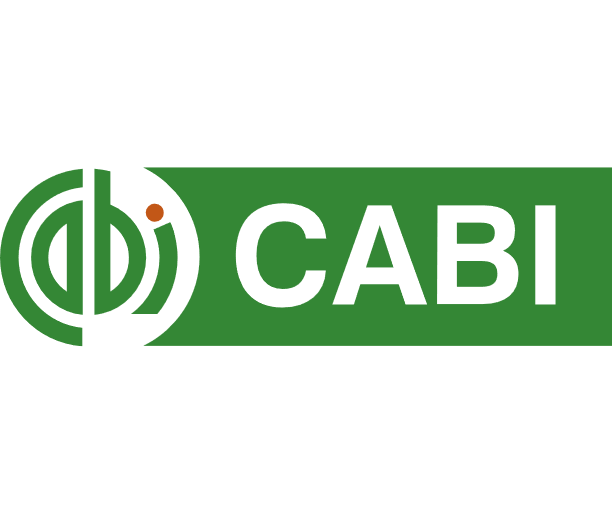Optimization of chitosan extracted from Matuta lunaris shells by using response surface methodology (RSM)
DOI:
https://doi.org/10.35495/Keywords:
Matuta lunaris, Moon crab, Extraction, Chitosan, Response surface methodologyAbstract
Extraction of chitin and chitosan from natural sources are universally acknowledged as they can be used in many applications. This study aims to determine the optimum extraction condition of the chitosan from moon crab (Matuta lunaris) and to determine the yield and chemical properties of the extracted chitosan. Chitosan from moon crab (Matuta lunaris) was extracted and optimized by using response surface methodology (RSM) using two variables with five levels which were the deacetylation temperature (60, 70,80, 90 and 100ºC) and deacetylation time (2, 4, 6, 8 and 10 h). Three major steps which were demineralization, deproteination and deacetylation were involved in the extraction process. A full factorial of optimal randomized design was implemented using Design Expert 11 software. Four responses of chitosan extracted were evaluated which were yield, degree of deacetylation, molecular weight and ash content in order to determine the optimum condition of extraction. The deacetylation temperature and time for optimum chitosan extraction condition were suggested at 84.62 ºC and 9.46 h, respectively. The selected conditions (84.62 ºC and 9.46h) gave actual response values28.96 ± 0.93% of chitosan yield, 56.68 ± 1.66% of deacetylation, 567.17± 13.91 kDA of molecular weight and 10.59 ± 0.62% of ash content in chitosan powder. The extracted chitosan will be used as clarifying agent injuice production in the future studies.












